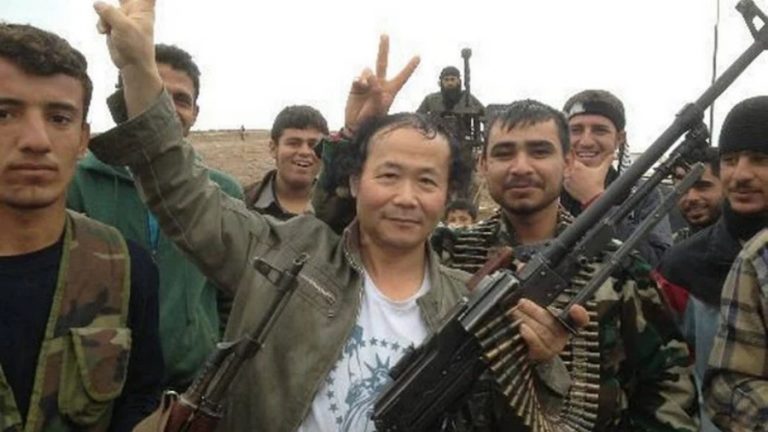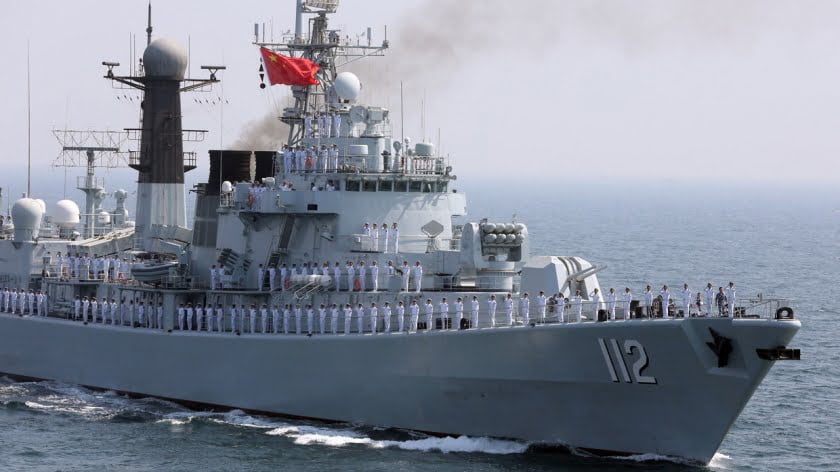July was Mark by a Number of Important Events in World Politics
We have already commented on the large number of significant events in the first half of July – events which clearly demonstrated the special nature of the radical changes that the post-Cold War world order has undergone in the last few months.
The end of July has brought several equally important events, including the BRICS and G-20 summits, held in Johannesburg and Buenos Aires, respectively. Both these events can be seen as illustrations of that process, and also as new stages in it.
As for the significance of the “current moment in politics”, one of Japan’s leading newspapers, the Mainchi, published an editorial with the following headline: “Outbreak of US-China trade war a crucial turning point in postwar order”.
It is worth noting that the Mainchi sees the events of 1991, when the almost 50-year stand-off between the world’s two main military and political alliances came to an end, with consequences that we are familiar with, as an interim stage on the way to a global event that is literally unfolding before our very eyes.
For the purposes of that article, the “post-war order” means the system of international trade rules which were gradually developed over time with the aim of preventing the unilateral imposition of restrictive measures against any of the countries that had agreed to be bound by such system.
It was just such restrictive measures, taken by the USA against Japan at the beginning of the 1940s, that formed the last link in the chain of events that led to the Pacific “branch” of the Second World War.
The analogy drawn by the editorialists seems alarmist, but it is not without foundation. The trade war between the USA and China, which has, so far, been limited to symbolic actions, threatens to develop into a full-scale conflict which will inevitably have political implications both for the relationship between the two countries and on a wider, global level. For the intended beneficiaries of the American measures to “restore fairness” to global trade are the USA’s closest allies.
The bilateral increase of duties on goods imported from China, initiated by Washington, has so far affected only a small proportion of the total trade between the two countries (34 billion dollars out of a total trade volume of some 600 billion dollars).
But in the last few weeks Donald Trump, the US President, has proposed a significant extension of the tariff “barrier” to the import of Chinese goods “unless Beijing itself takes steps to remove the imbalance (which works against Washington) in trade between the two countries.” Two or three months ago it was said that tariffs on Chinese goods might reach 200 billion dollars.
The tariffs have now reached 505 billion dollars, which means they may be equal to the total value of Chinese exports to the USA. On June 26 one of the employees of the Supreme People’s Court of China was reported as saying that the tariffs could potentially force several major Chinese firms into bankruptcy.
Around the same time another angry exchange of words took place between the USA and China. Peter Navarro, Director of the White House National Trade Council, has accused China of playing a zero-sum game with the USA, words which China was not about to let pass without a response.
In view of the increasingly angry words exchanged by the two leading world powers on highly important matters, it is not surprising that journalists have made alarming comparisons with the events of the 1930s and 40s.
So far, the international community has limited itself to issuing cautious reminders about the unpleasant consequences of acting on the threats (particularly those made by Washington), both for the global economy as a whole and for the USA itself.
The Press Communiqué adopted in Buenos Aires on June 23 summarising the conclusions reached in a two-day meeting between the finance ministers and heads of central banks of the G-20 nations, refers in vague terms to the “risks of slowing down” the pace of international economic development, “rising financial vulnerabilities, heightened trade and geopolitical tensions”.
Naturally, that document avoids such strong expressions as “threat of trade wars”, and certainly makes no reference to the initiator of any specific trade war. After all, the most important of these is a member of the G-20, and thus a signatory of all the concluding documents issued by the forum that took place at various political levels in the Argentine capital.
Although we can be absolutely sure that such questions were in fact raised during the working discussions. Thus, Taro Aso, the Japanese Deputy Prime Minister and Finance Minister spoke up in criticism of the USA’s “protectionist” policies.
On 19 July Christine Lagarde, the Managing Director of the IMF, published an article addressed to the members of the G-20 on the Fund’s web-site, in which she dealt with the negative impact that the trade wars – which are only just beginning – are already having on the global economy, and proposed introducing reciprocal duties on an “eye for an eye” basis.
A fairly precise description of the likelihood of the destruction of the system regulating world trade, which emerged after the end of the Second World War, can be found in the 10th BRICS Summit Johannesburg Declaration adopted at the end of the 10th anniversary meeting between the leaders of the association’s member states, held between 25 – 27 June in Johannesburg, South Africa’s largest city.
It is worth noting (despite some reservations concerning its internal problems) that the association supports the WTO’s role as the main body for regulating trade and economic disputes between different countries. It follows,(although this is not stated expressly) that BRICS is against unilateral actions, and the measures that the USA has taken over the last few months in the field of tariffs on import (and its intentions) are, in effect, unilateral.
This may be a good place for the present author to give his own view on the role of BRICS in today’s world, and on its potential for the future. This question has taken on much greater importance in view of apparently irreversible shift in the focus of peaceful political processes from the Euro-Atlantic region to the Indo-Pacific region.
The role played by BRICS is largely determined by the state of, relations between the two Asian giants, China and India, and the way these relations develop. From the end of the 1940s, when these two states, in their modern forms, were founded, relations between them were far from ideal. This situation persisted until the end of 2017. It is only in the last few months that things appear to have improved.
But “well wishers” are wide-awake and aware of this process. In the first day of work of BRIKS Ann Wagner, member of the US Congress, submitted a question to the US Department of State about China’s renewal of military activity in the Doklam plateau. Readers will remember, that last summer the hostile stand-off between China and India in that Himalayan plateau almost developed into military conflict between the two leading Asian powers. The Indian government was forced to issue a denial of “remarks made by an American official” concerning the situation in the region.
The meeting between the leaders of China and India, the third in recent months, which took place during the BRICS conference served to confirm the positive trend in relations between the two countries. It has been reported that the Indian Minister of Defence is due to visit China, and that his primary goal will be to renew diplomatic contacts between the two countries’ militaries, which were broken off at the height of the confrontation in Doklam.
It is worth pointing out, once more, that this tendency cannot, as yet, be described as irreversible. Although it is hard to evaluate them at this stage, the results of the recent parliamentary elections in Pakistan may turn out to be a highly important factor in the development of relations between China and India.
As for the multi-party international trade dispute that has been brewing in recent months, the rate at which it has been escalating and drawing in major world powers has slowed down considerably. That is demonstrated by the contacts that took place between US and Chinese delegates on the sidelines of the G-20 forum, which can be seen as a continuation of the series of talks that started two months ago.
That is to say, China and the USA are still trying their utmost to stop angry exchanges of words developing into angry deeds whose consequences are hard to predict. A certain detente has been noted in transatlantic relations following the meeting between Donald Trump and Jean-Claude Juncker in Washington on June 27. And similar talks may take place between the USA and Japan as early as this August.
It is as if an invisible referee has shouted “Break!” and ordered the political heavyweight “boxers” to step back from each other. But for how long?







